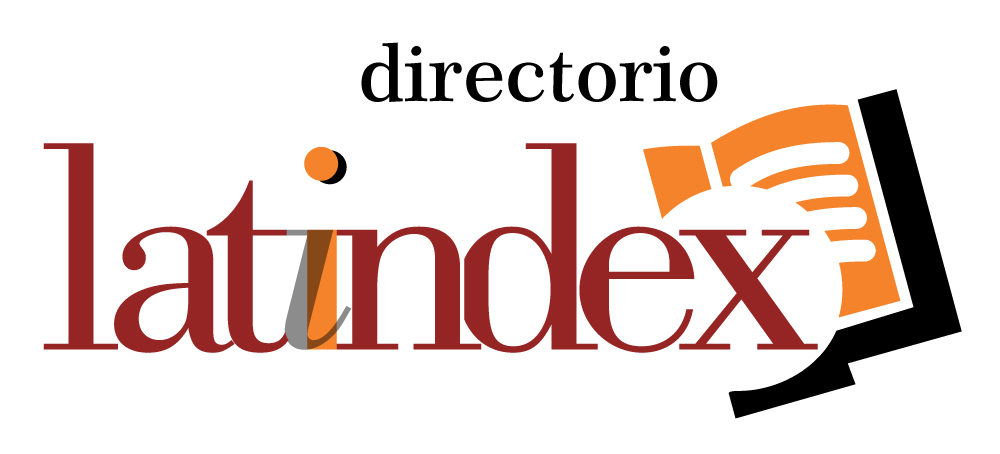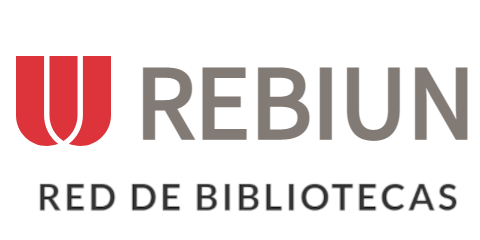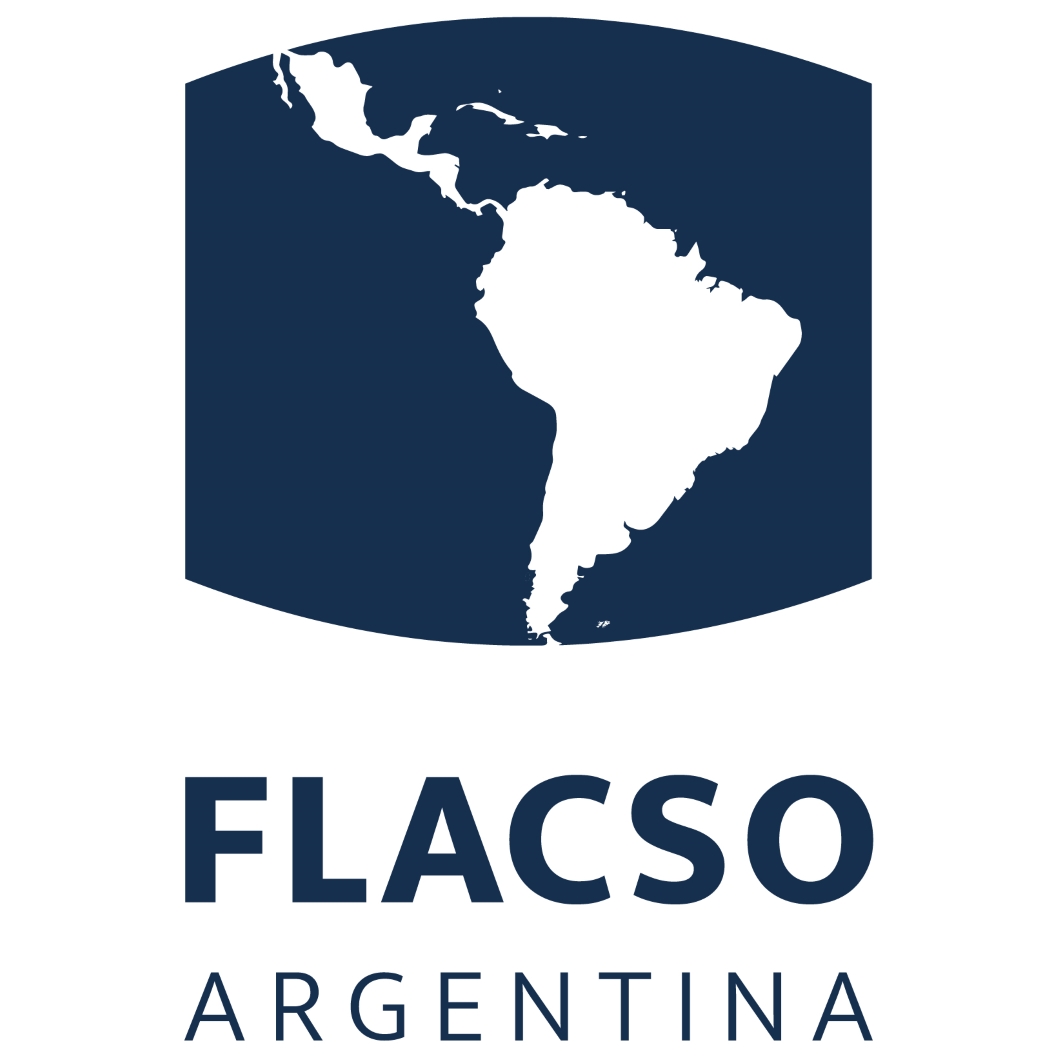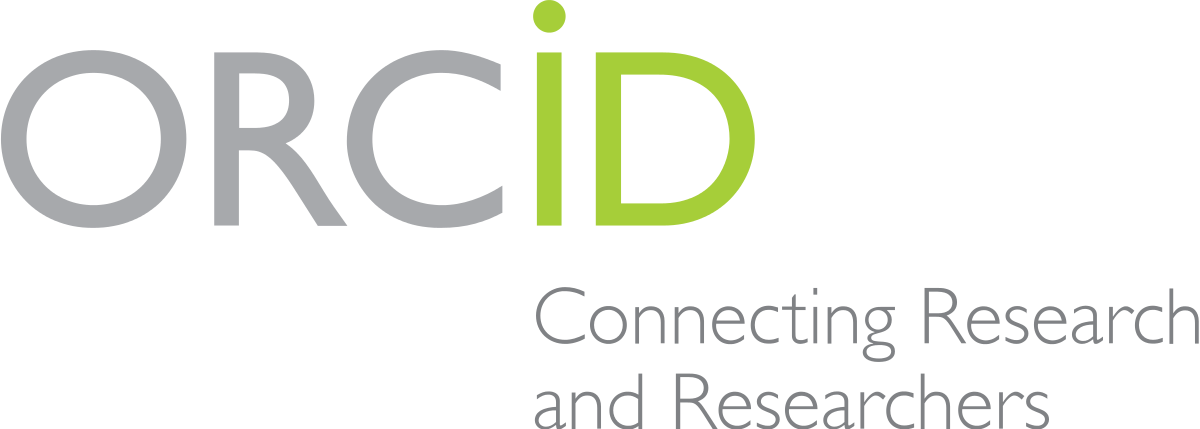Eficacia de la terapia con estatinas para la prevencion primaria y secundaria de accidente cerebrovascular isquemico, revision y evidencia cientifica disponible
Resumen
Antecedentes y objetivos: Evaluar el efecto de la terapia hipolipemiante basada en estatinas en el accidente cerebrovascular isquémico en ensayos de prevención primaria y secundaria con respecto a los niveles alcanzados de colesterol de lipoproteínas de baja densidad en vista de la disponibilidad de nuevos agentes hipolipidémicos potentes.
Métodos: se buscó en la literatura inglesa (hasta 2018) las publicaciones mas actualizadas y disponibles hasta el momento.
Resultados: El tratamiento hipolipemiante se asoció con un menor riesgo de accidente cerebrovascular isquémico en la prevención primaria (cociente de riesgos, RR 0,70, intervalo de confianza del 95 %, IC, 0,60–0,82; p < 0,001) y en la prevención secundaria (RR 0,80, IC del 95 % 0,70-0,90; p < 0,001). El procedimiento de estimación de la curva reveló una relación lineal entre la reducción del riesgo absoluto de accidente cerebrovascular isquémico y el tratamiento activo, se logró niveles de colesterol de lipoproteínas de baja densidad ajustados según las guias en prevención secundaria (R-cuadrado ajustado 0,90) en apoyo de la hipótesis de "cuanto más bajo, mejor" para sobrevivientes de accidentes cerebrovasculares. Por otro lado, el modelo cúbico siguió bien los datos observados en prevención primaria (R-cuadrado ajustado 0,98), lo que indica una mayor reducción del riesgo absoluto en individuos libres de enfermedad cardiovascular.
Conclusiones: Los hipolipemiantes basados en estatinas son efectivos tanto para la prevención primaria como secundaria del ictus isquémico. La mayor parte del beneficio se deriva de dirigirse a individuos libres de enfermedad con alto riesgo cardiovascular y al lograr objetivos de tratamiento adecuados para los niveles de lipoproteínas de baja densidad en prevencion primaria y sobrevivientes de accidentes cerebrovasculares.
Descargas
Citas
Baigent C, Keech A, Kearney PM, et al. Efficacy and safety of cholesterol-lowering treatment: prospective meta-analysis of data from 90,056 participants in 14 randomised trials of statins. Lancet 2005; 366: 1267–1278.
Oliver MF. Cholesterol and strokes. Cholesterol lowering is indicated for strokes due to carotid atheroma. BMJ 2000; 320: 459–460.
Amarenco P and Steg PG. The paradox of cholesterol and stroke. Lancet 2007; 370: 1803–1804.
Van de Wiel A and Caillard CA. Statins and the strokecholesterol paradox. Neth J Med 2002; 60: 49.
Catapano AL, Graham I, De Backer G, et al. 2016 ESC/ EAS guidelines for the management of dyslipidaemias: the task force for the management of dyslipidaemias of the European Society of Cardiology (ESC) and European Atherosclerosis Society (EAS) developed with the special contribution of the European Assocciation for Cardiovascular Prevention & Rehabilitation (EACPR). Eur Heart J 2016; 37: 2999–3058.
Stone NJ, Robinson JG, Lichtenstein AH, et al. 2013 ACC/AHA guideline on the treatment of blood cholesterol to reduce atherosclerotic cardiovascular risk in adults: a report of the American College of Cardiology/American Heart Association Task Force on Practice Guidelines. Circulation 2014; 129: S1–45.
Giugliano RP and Sabatine MS. Are PCSK9 inhibitors the next breakthrough in the cardiovascular field? J Am Coll Cardiol 2015; 65: 2638–2651.
Milionis H, Liamis G and Elisaf M. Proprotein convertase subtilisin kexin 9 inhibitors: next generation in lipid-lowering therapy. Expert Opin Biol Ther 2015; 15: 287–298.
Sabatine MS, Giugliano RP, Keech A, et al. Rationale and design of the Further cardiovascular Outcomes Research with PCSK9 Inhibition in subjects with Elevated Risk trial. Am Heart J 2016; 173: 94–101.
Schwartz GG, Bessac L, Berdan LG, et al. Effect of alirocumab, a monoclonal antibody to PCSK9, on long-term cardiovascular outcomes following acute coronary syndromes: rationale and design of the ODYSSEY outcomes trial. Am Heart J 2014; 168: 682–689.
Amarenco P and Labreuche J. Lipid management in the prevention of stroke: review and updated meta-analysis of statins for stroke prevention. Lancet Neurol 2009; 8: 453–463.
Holdaas H, Fellstrom B, Jardine AG, et al. Effect of fluvastatin on cardiac outcomes in renal transplant recipients: a multicentre, randomised, placebo-controlled trial. Lancet 2003; 361: 2024–2031.
Wanner C, Krane V, Marz W, et al. Atorvastatin in patients with type 2 diabetes mellitus undergoing hemodialysis. N Engl J Med 2005; 353: 238–248.
Kjekshus J, Apetrei E, Barrios V, et al. Rosuvastatin in older patients with systolic heart failure. N Engl J Med 2007; 357: 2248–2261.
Higgins JP, Thompson SG and Spiegelhalter DJ. A reevaluation of random-effects meta-analysis. J R Stat Soc Ser A Stat Soc 2009; 172: 137–159.
Riley RD, Higgins JP and Deeks JJ. Interpretation of random effects meta-analyses. BMJ 2011; 342: d549.
Heart Protection Study Collaborative G. MRC/BHF Heart Protection Study of cholesterol lowering with simvastatin in 20,536 high-risk individuals: a randomised placebo-controlled trial. Lancet 2002; 360: 7–22.
Nakamura H, Arakawa K, Itakura H, et al. Primary prevention of cardiovascular disease with pravastatin in Japan (MEGA Study): a prospective randomised controlled trial. Lancet 2006; 368: 1155–1163.
Hitman GA, Colhoun H, Newman C, et al. Stroke prediction and stroke prevention with atorvastatin in the Collaborative Atorvastatin Diabetes Study (CARDS). Diabet Med 2007; 24: 1313–1321.
Everett BM, Glynn RJ, MacFadyen JG, et al. Rosuvastatin in the prevention of stroke among men
and women with elevated levels of C-reactive protein: justification for the use of statins in prevention: an intervention trial evaluating rosuvastatin (JUPITER). Circulation 2010; 121: 143–150.
Collins R, Armitage J, Parish S, et al. Effects of cholesterol-lowering with simvastatin on stroke and other major vascular events in 20536 people with cerebrovascular disease or other high-risk conditions. Lancet 2004; 363: 757–767.
Hosomi N, Nagai Y, Kohriyama T, et al. The Japan Statin Treatment Against Recurrent Stroke (J-STARS): a multicenter, randomized, open-label, parallel-group study. EBioMedicine 2015; 2: 1071–1078.
Amarenco P, Bogousslavsky J, Callahan A, 3rd, et al. High-dose atorvastatin after stroke or transient ischemic attack. N Engl J Med 2006; 355: 549–559.
Cannon CP, Blazing MA, Giugliano RP, et al. Ezetimibe added to statin therapy after acute coronary syndromes. N Engl J Med 2015; 372: 2387–2397.
Bohula EA, Wiviott SD, Giugliano RP, et al. Prevention of stroke with the addition of ezetimibe to statin therapy in patients with acute coronary syndrome in IMPROVE-IT (improved reduction of outcomes: vytorin efficacy international trial). Circulation 2017; 136: 2440–2450.
Vaughan CJ and Delanty N. Neuroprotective properties of statins in cerebral ischemia and stroke. Stroke 1999; 30: 1969–1973.
Hsia J, MacFadyen JG, Monyak J, et al. Cardiovascular event reduction and adverse events among subjects attaining low-density lipoprotein cholesterol <50 mg/dl with rosuvastatin. The JUPITER trial (Justification for the Use of Statins in Prevention: an Intervention Trial Evaluating Rosuvastatin). J Am Coll Cardiol 2011; 57: 1666–1675.
Milionis H, Barkas F, Ntaios G, et al. Proprotein convertase subtilisin kexin 9 (PCSK9) inhibitors to treat hypercholesterolemia: effect on stroke risk. Eur J Intern Med 2016; 34: 54–57.
Sabatine MS, Giugliano RP, Keech AC, et al. Evolocumab and clinical outcomes in patients with cardiovascular disease. N Engl J Med 2017; 376: 1713–1722.
Schwartz GG, Steg PG, Szarek M, et al. Alirocumab and cardiovascular outcomes after acute coronary syndrome. N Engl J Med 2018; 379: 2097–2107.
Derechos de autor 2025 María Alejandra Velásquez Quiroga , Vanya Esther Vargas Vargas , Ingrith Salas Hine , Cristian Camilo Ballesteros López, Maira Alejandra Puerta Medina , Jonatan Ferley Vasquez Castro, Wendis Esther García Ortiz , Bleydis Loraine Pelaez Lobo , Aura Michell Pacheco Quintero, Ricardo Jose Silvera Rada

Esta obra está bajo licencia internacional Creative Commons Reconocimiento 4.0.













.png)




















.png)
1.png)


